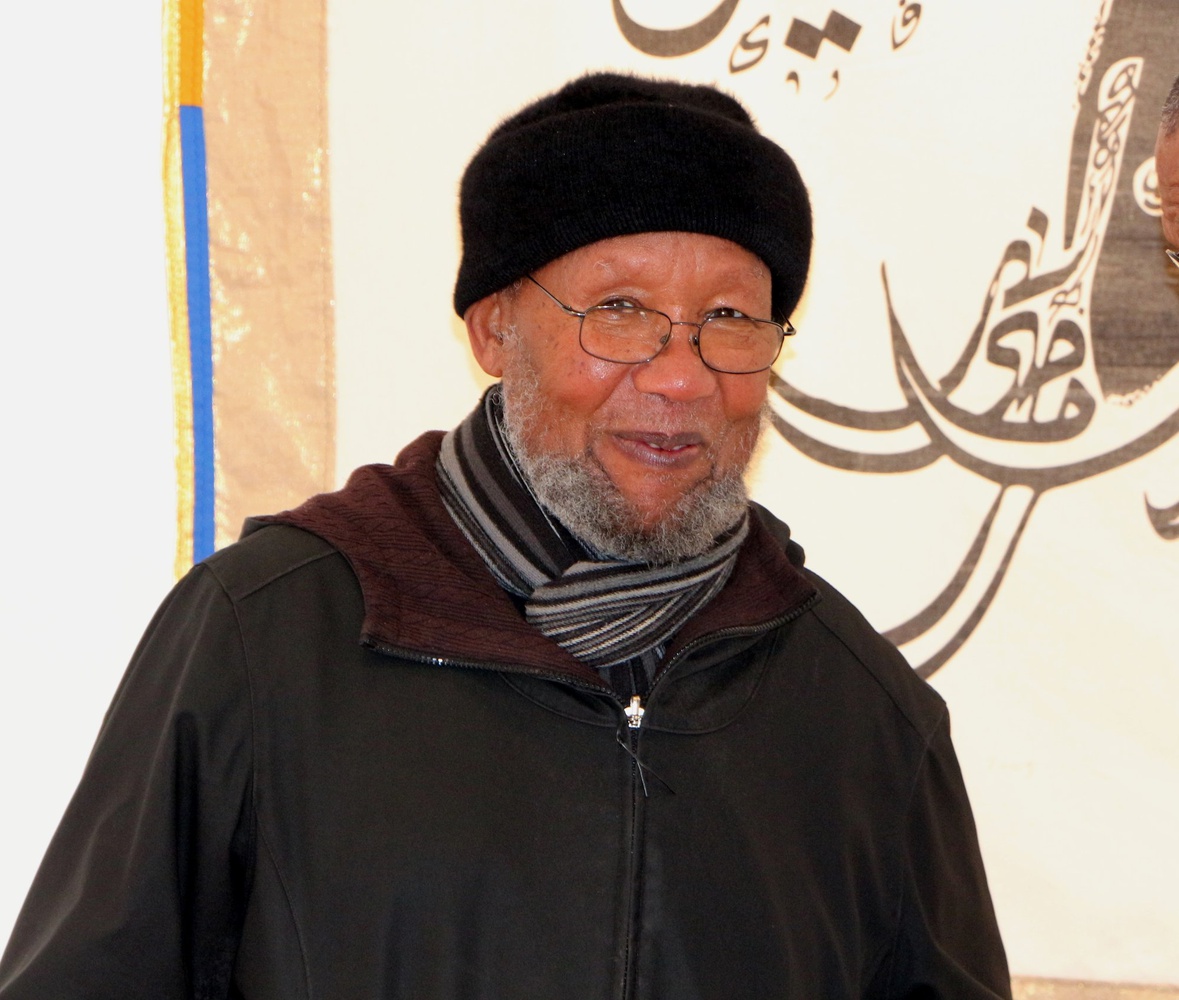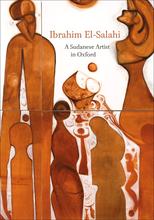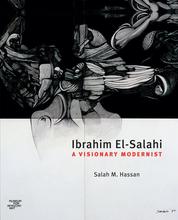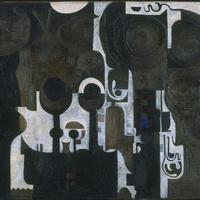More about Ibrahim El-Salahi
- All
- Info
- Shop
Works by Ibrahim El-Salahi

Sr. Contributor
Ibrahim el-Salahi is one of the most important African painters of our time.
But, in reality, how many African artists can you name? El Anatsui comes to mind – but who else? The Western understanding of art history continues to shut out anyone who doesn’t fit into the usual, drab retelling of what we already know. So, let’s open up our eyes to an artist who is entering the mainstream for the first time in decades.
El-Salahi was born in Sudan in 1930. His father was a teacher in a Qur’anic school, so el-Salahi constantly practiced calligraphy as he was growing up. His foundation in the art of Arabic writing remained with him, and calligraphic elements continue to influence his works. Like Iranian artist Shirin Neshat, calligraphy became a way for el-Salahi to remain true to his Islamic roots; it also helps his fellow Sudanese audiences relate to his artwork.
Despite having a teacher in the family, el-Salahi’s grades were never high enough to become a doctor, so he studied art instead. Relatable, much? El-Salahi scored a scholarship to the famed Slade School of Fine Art in London, where artists like Eduardo Paolozzi, Antony Gormley, and Martin Creed also studied. El-Salahi’s coursework was inevitably rooted in Western art history. Some of his personal favorites included Cezanne (duh) and Italian Renaissance master Giotto.
After his studies abroad, el-Salahi went back home in the 1970s – a time of great political unrest in his native Sudan. He served in the government as the country’s undersecretary for culture. However, this position didn’t protect him from some pretty harsh allegations. El-Salahi was falsely accused of acting against the government in 1975 and – without so much as a trial – spent a little over six months as a political prisoner. During this time, el-Salahi risked being placed in solitary confinement to record sketches of his experience. He kept scraps of paper hidden in the dirt of his ten-person prison cell and used art to help him cope. Pretty harrowing stuff.
Although you may have never heard of him before, Ibrahim el-Salahi’s work has been in the Museum of Modern Art’s collection since 1965...but has pretty much stayed in storage all this time. He’s finally getting his due, though. El-Salahi was the first African artist to mount a retrospective at the Tate Modern in London, so get to know this guy!
Sources
- Artsy. “Ibrahim El-Salahi.” Biography. Artsy. https://www.artsy.net/artist/ibrahim-el-salahi. Accessed March 19, 2018.
- Hudson, Mark. “Ibrahim el-Salahi: from Sudanese prison to Tate Modern show.” The Guardian. July 3, 2013. https://www.theguardian.com/artanddesign/2013/jul/03/ibrahim-el-salahi-…. Accessed March 19, 2018.
- Lesser, Casey. “Ibrahim El-Salahi: The Pioneering Sudanese Artist That You Should Know.” Artsy. March 4, 2016. https://www.artsy.net/article/artsy-editorial-ibrahim-el-salahi-the-pio…. Accessed March 19, 2018.
- Museum of Modern Art. “Ibrahim El-Salahi. The Mosque. 1964.” Collection. https://www.moma.org/collection/works/78385 (accessed March 19, 2018).
- Shaw, Anny. “Sudanese artist’s haunting images of prison come to MoMA.” News. The Art Newspaper. https://www.theartnewspaper.com/news/sudanese-artists-haunting-images-o…. Accessed March 19, 2018.
Featured Content
Here is what Wikipedia says about Ibrahim El-Salahi
Ibrahim El-Salahi (Arabic: إبراهيم الصلحي, born 5 September 1930) is a Sudanese painter, former public servant and diplomat. He is one of the foremost visual artists of the Khartoum School, considered part of African Modernism and the pan-Arabic Hurufiyya art movement, that combined traditional forms of Islamic calligraphy with contemporary artworks. On the occasion of the Tate Modern gallery's first retrospective exhibition of a contemporary artist from Africa in 2013, El-Salahi's work was characterized as "a new Sudanese visual vocabulary, which arose from his own pioneering integration of Islamic, African, Arab and Western artistic traditions."
Check out the full Wikipedia article about Ibrahim El-Salahi













